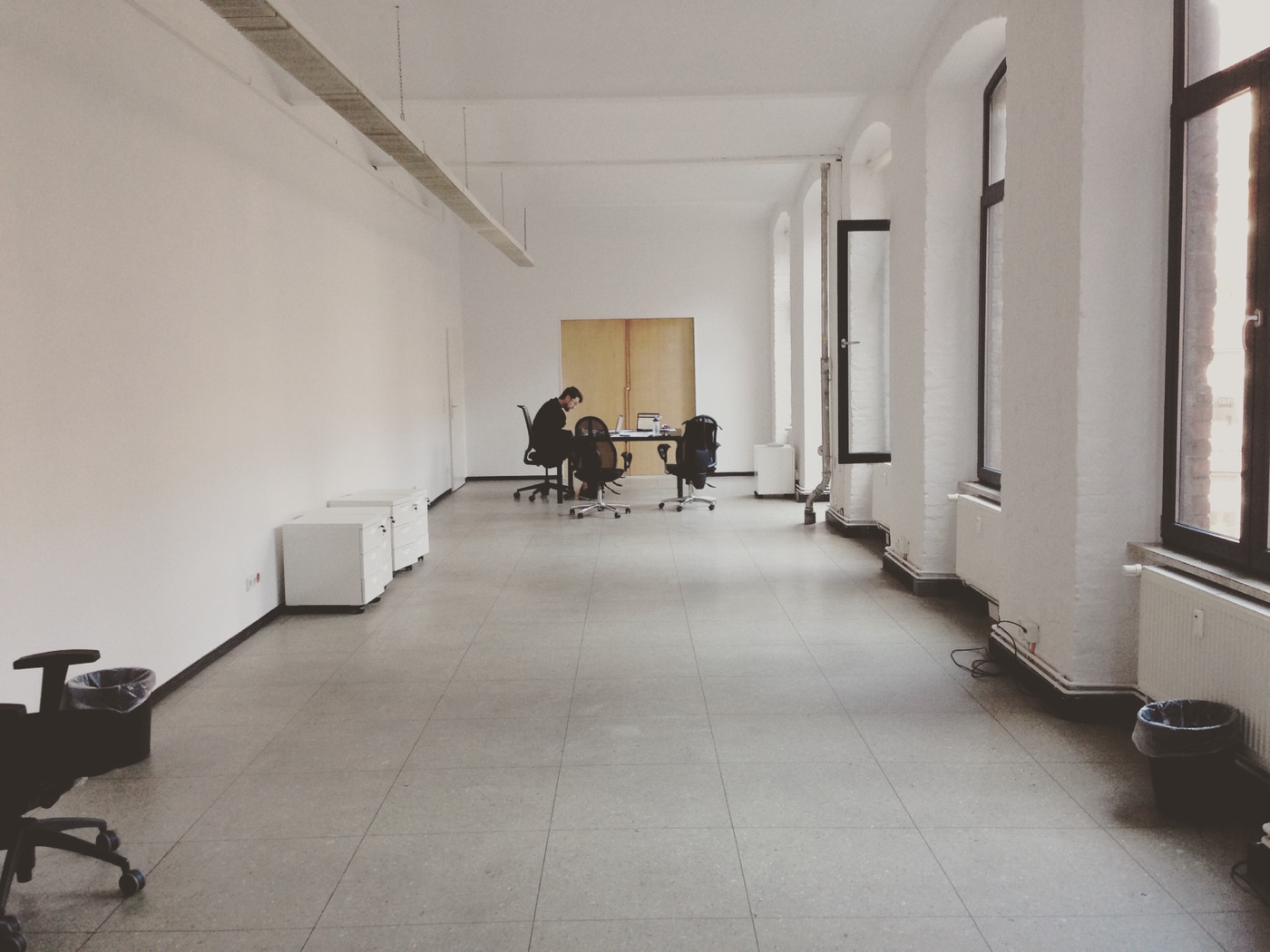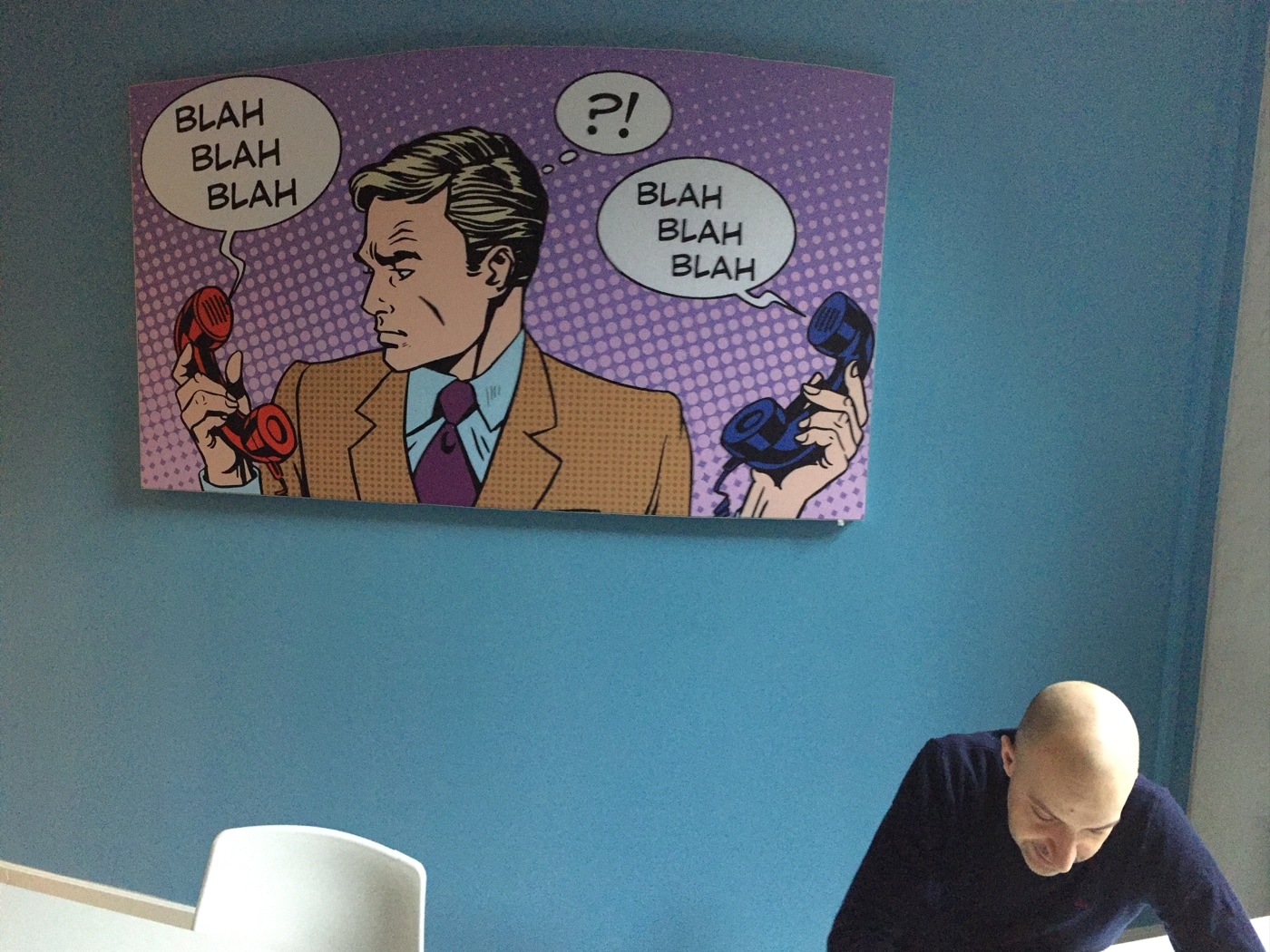What led you into design?
When I was a kid, I used to draw, paint and sculpture, so design was a good fit (I guess I’m no different than many other people in that regard). While I was exploring different areas in arts and crafts, I was attracted to making things that others can use. I was creating sculptures and paintings, sew backpacks, sold custom T-shirts, and alike. When I got my first PC in late 1987, I learned programming so that I can create and sell software. It was one of the most exciting parts of my life.
What does a typical day look like?
When I think about it, every day appears to be equally similar and different.
How is each day the same? With three kids and no help, my wife and I needed to establish a routine that would appeal to children and make things easier for us. The routine looks something like this: I get up around 7 AM, have a green tea before anything else, take my middle daughter to the school, help my wife with the youngest daughter, have breakfast and bike to Contentful. I’m back in the late afternoon when I spend time with family – talking, walking, watching movies. Nothing extraordinary, yet we enjoy that time the most. Dinnertime comes soon, and the rest of the evening is spent on putting kids to sleep (it involves reading books and talking about important things). I go to bed between 10 and 11 PM. Of course, I have other activities, but the routine is always there.
How is each day different? Professionally, each day is different and I mostly don’t know what my day will look like. I could be in meetings, workshops, preparing slides for presentations, conducting interviews, pitching ideas to stakeholders, and many other things that are part of the job.
What’s your setup?
I don’t need a lot of equipment for work. When I’m at my desk, I use my Mac and Leuchtturm notebooks – the latter being the most important thing to organize my work. For other activities, I rarely need any digital tools.







Where do you go to get inspired?
It is difficult to answer. I think inspiration (and its distant cousin, motivation) is a complex phenomenon that depends on many things that are happening in my life. When I’m happy, inspiration is everywhere inside and around me – even in little, ordinary things. But when I’m anxious or tired, inspiration is elusive. What does work, though, is hanging out with people, reading (both fiction and nonfiction), meditation, biking, spending time in nature, traveling to new places or doing things with kids – their way.
What product have you recently seen that made you think this is great design?
I love to see design related to urban transformation, whether it’s a physical or a digital product (or a service). One great small improvement is this heat sensor from Rotterdam that detects cyclist and prioritizes bike traffic over car traffic: https://twitter.com/urbanthoughts11/status/964236445316734977
Or these real-time bus timetables in Sydney, called eStops. eStop is solar-powered and uses e-ink technology to display real-time information including the current bus capacity!

What pieces of work are you most proud of?
The first software I designed and built is a good reminder of my personal (and professional) teenage days. It was an MS-DOS based organizer which included a contact list with phonebook, calendar, a simple word processor and some other features. It probably doesn’t sound exciting at all today, but it was a pre-Windows era when you couldn’t take such functionality for granted. I had a huge success with it until Windows 95 came out.

To come back to present, I think that my teammates and I did a good job in Contentful. We have a quite mature design team and design has a huge influence in the organization. In three years we went from no designers to 13, and we’re still hiring. We have a dedicated research team and a service design layer that impacts the whole organization.
What design challenges do you face at your company?
At the moment the biggest challenge is around governance of boundary artifacts such as customer journey maps and service blueprints. They are a great way to break down silos and align the organization with the same goals, same vocabulary and the same understanding of customer needs. Apart from keeping people aligned, a big challenge for us is to enable departments to contribute to these artifacts and make changes visible across the organization.
What music do you listen to while designing?
Any advice for ambitious designers?
I think everyone needs to find their own way in life and figure out what works for them. What works for me is always thinking long-term, and passing on quick wins. I invested a lot of time in education, self-management, self-awareness, and rejected the idea of being too ambitious because it can kill good work.
Anything you want to promote or plug?
I would like to mention a few things and send love to some wonderful people.
A friend and a teammate, Malin is a generous, humble and wise person – and it’s not an overstatement. I learned a lot from him and I hope I could give at least a piece of that in return. Check out his Medium posts.
My wife and design partner, Milica is as knowledgeable and capable as I am, but had rougher experiences and less chances than me, simply because she is a woman and a mother. Sadly, most women have similar experiences. Check out her work.








